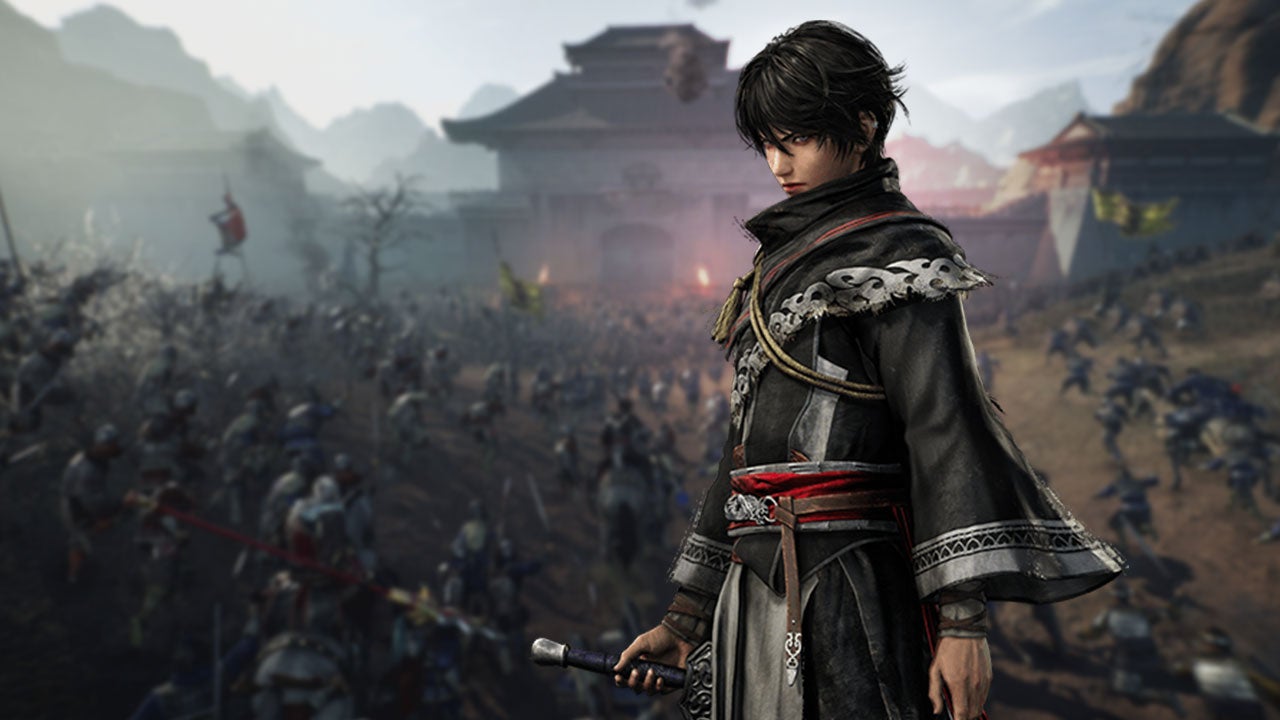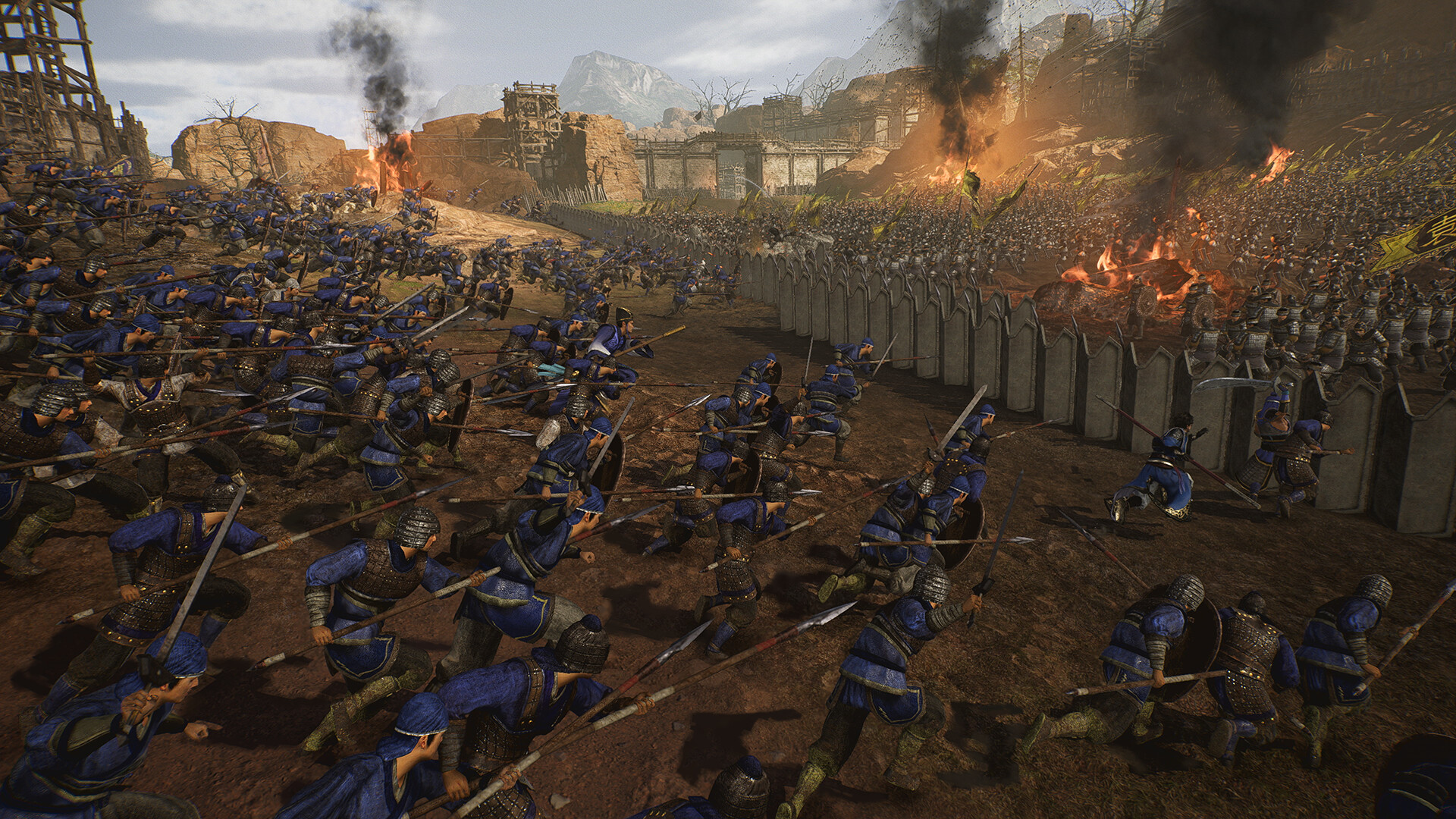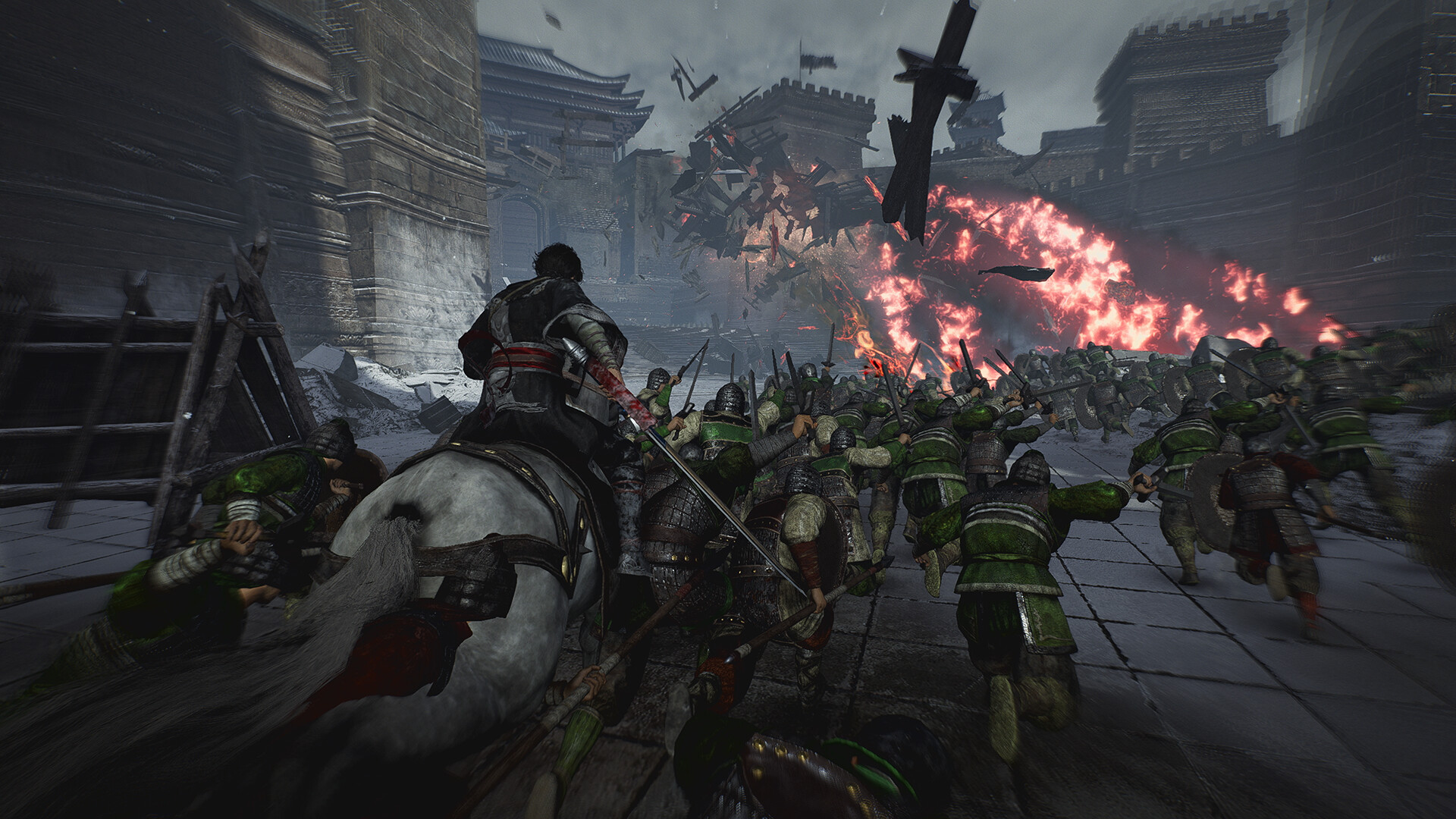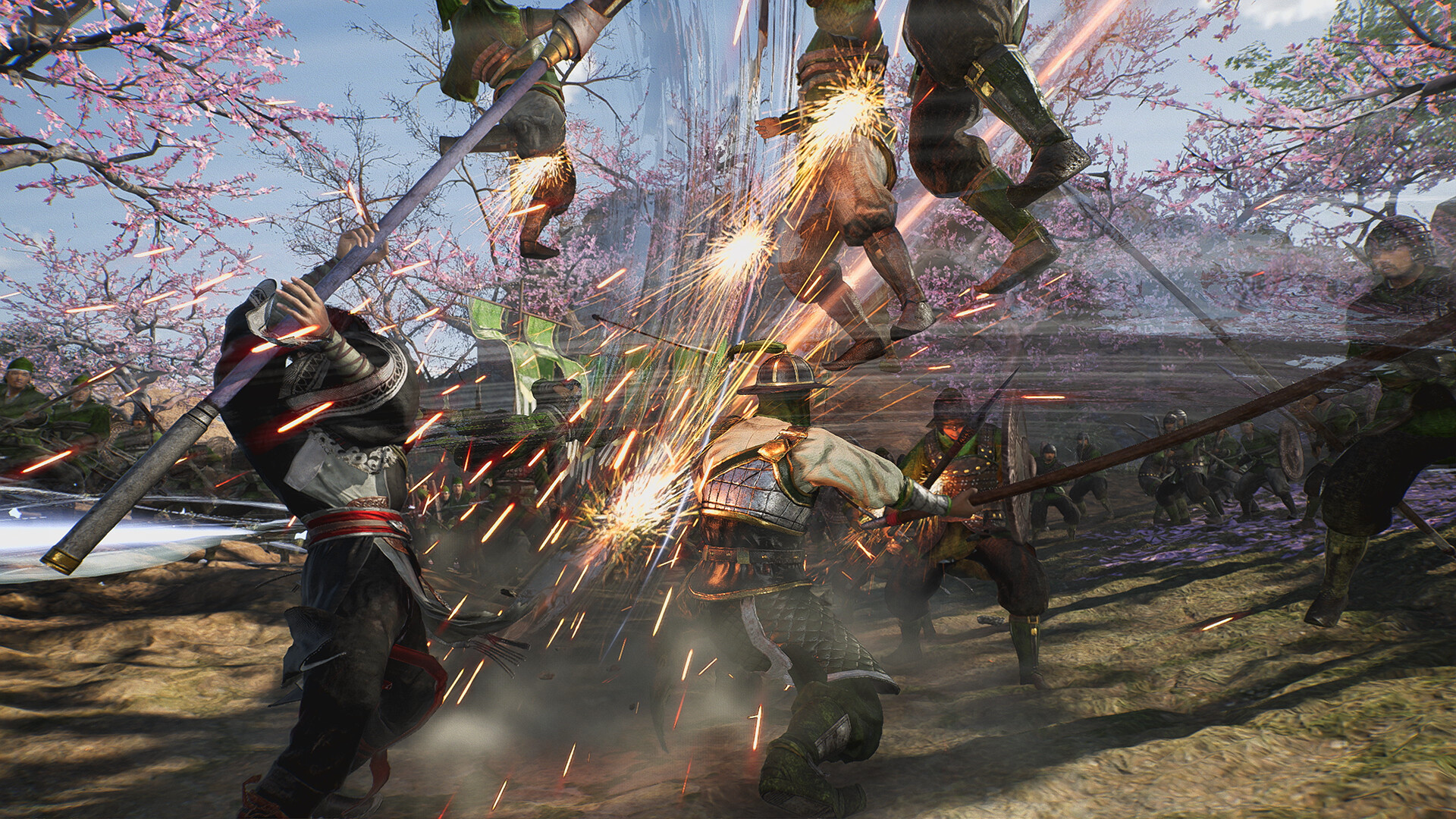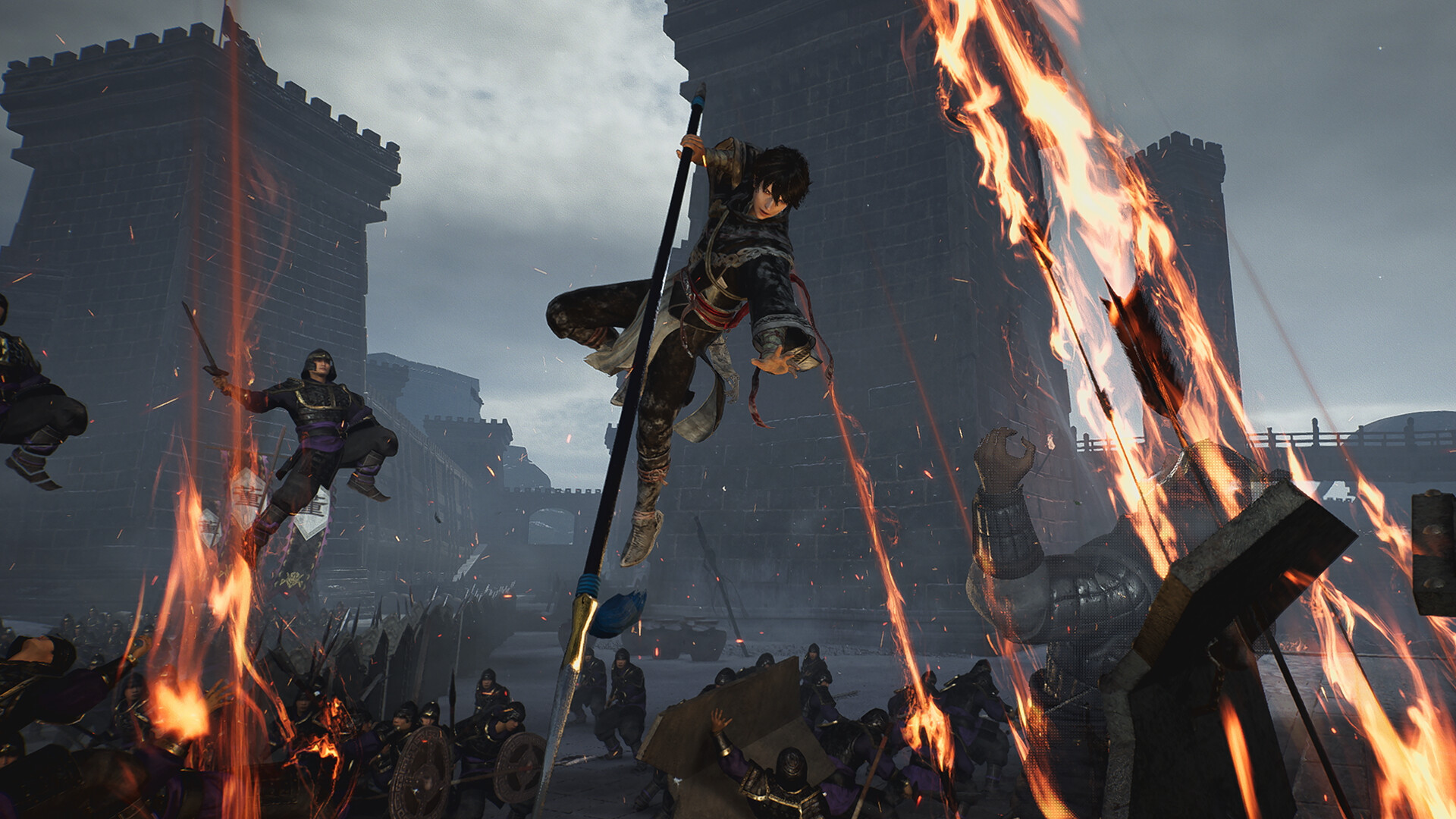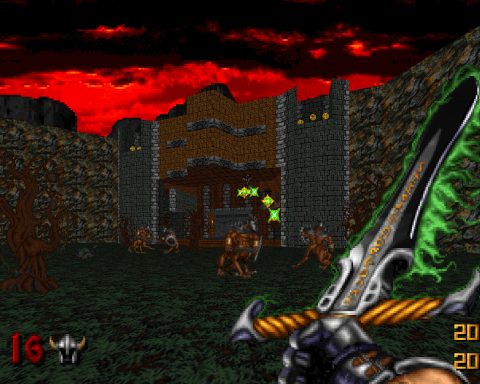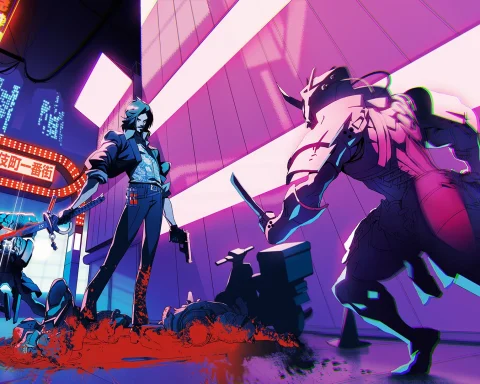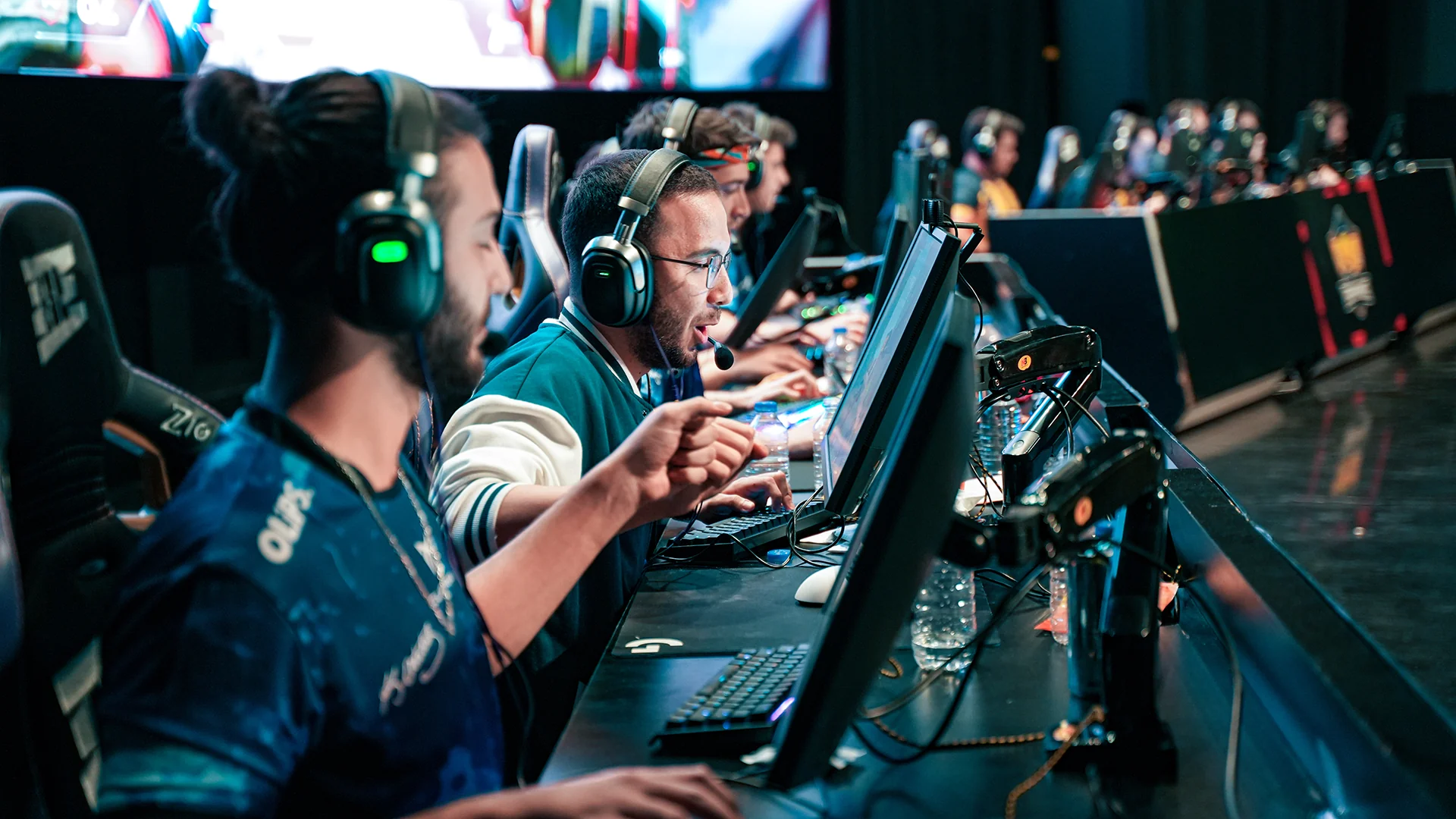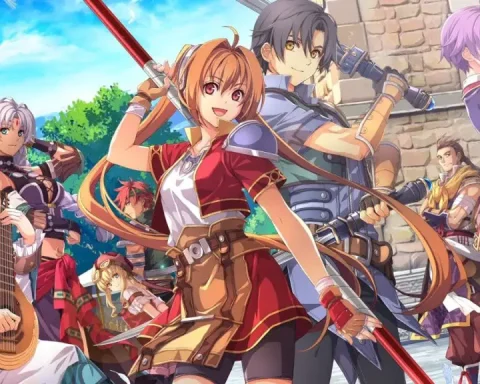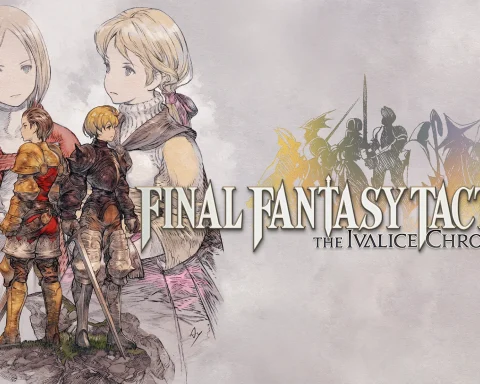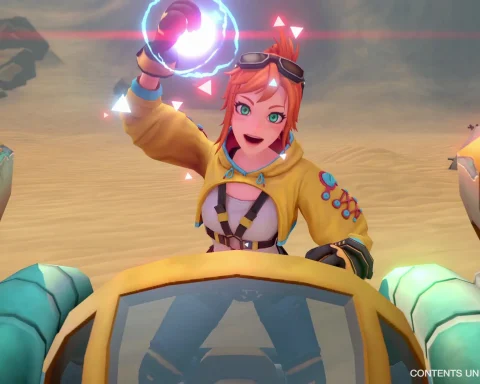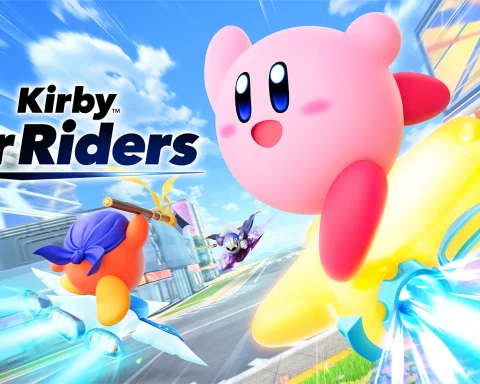It’s kind of amazing to consider that the last several years have been the longest period between Dynasty Warriors releases since the series began back in 1997. Dynasty Warriors 9 was a full seven years ago. And, on top of that, there has only been one of the Dynasty Warriors sub-series’ (DW 9 Empires) released since then. It’s been a downright drought for a series that has been infamous for churning them out. That time has been used well because Dynasty Warriors: Origins is proof that Koei Tecmo sat down, thought long and hard about what makes this series tick with fans, and has delivered something refined, intelligent, and delivered a confident new step for the series going forward.
Gone is the open world experiment that went down as well as a lead balloon, even with most of the faithful (not me, as I loved what Koei did with that game, but I’m also quite happy to see the pivot in another direction). What we have in its place is a largely linear series of battles that take you right through about half of the events covered by Romance of the Three Kingdoms. No doubt this is setting up either DLC releases or an Origins 2 to follow soon thereafter, and people might bemoan that as exploitative, but it’s a defensible decision by Koei Tecmo. Where previous Dynasty Warriors games have to breeze through key events in their efforts to cover everything, Origins goes to effort of telling a far more substantial story.
Take the Yellow Turbans, for example. In previous Dynasty Warriors games the entire rebellion would be depicted in a single cut scene or two, a single battle resulting in the fall of Zhang Jue, and then the game would move on to the next major conflict (the one featuring Dong Zhou), which would also be just a couple of battles. With Dynasty Warriors Origin, however, far greater effort has gone into establishing the character of Zhang Jue, explaining the political context and motivations of the Yellow Turbans, and how each of the figures that fought against them saw the rebellion and their role in greater China. Obviously, it’s nowhere near as detailed as you’ll find in the book, but there is a clear and genuine effort by Koei Tecmo to tell a coherent story that serves as a more authentic adaptation of the book.
With that being said, I’m not so sure about the protagonist. Rather than give you control over any one (or multiple) of the historical or literary figures, in Dynasty Warriors Origins you play as a “nameless” wanderer, who jumps in to help out various figures during their key battles. The narrative and mechanical reason to do this is sound enough – this allows Koei to have you move from faction to faction and fight in battles right across China without having to try and explain why a real historical figure is somewhere where they shouldn’t be. Thanks to this you’re able to fight against Liu Bei, Cao Cao and all the Sun family (including Sun Shangxiang, my princess!), without breaking the authenticity of the novel.
Unfortunately, for whatever reason Koei then decided to give this wanderer a narrative arc of his own, featuring amnesia, mysticism, destiny and whatever else. Perhaps they felt this was important so the character felt like an actual participant in the history, but Koei Tecmo doesn’t have Luo Guanzhong among its writing team, and I doubt any of the writers are that serious in their studies of Guanzhong’s work. I doubt any of them completed PhD research on the book, in other words, and there is a very clear difference between the stuff that Koei pulled from the book and the stuff they just invented for themselves. That tension does undermine the narrative experience somewhat.
On the plus side, Koei Tecmo has gone to great lengths to bring an authentic quality from the book into the game. Yes, Dynasty Warriors has always been known for its over-the-top action, and there is still plenty of that, given the completely impractical weapons that you’ll be swinging around and the massive number of casualties that you’ll singlehandedly cause. And there’s also the boss battles, which we’ll get to shortly. However, at the same time, the characterisation itself is more restrained and less cartoonish. It feels like the Koei team has carefully read through the descriptions of each character again and done their best to reflect those descriptions in a way that allows for each of them to be distinct and interesting, without being a caricature.
I can’t even remember where I first came across this quote, but one of my favourite statements about historical fiction is “historical fiction isn’t history, but it can reveal the historical truths that lie beyond the evidentiary.” Dynasty Warriors, particularly the later ones, and most particularly, now, Dynasty Warriors Origins, is better historical fiction that almost anyone will give it credit for. It isn’t an authentic recreation of history, but it does such an exceptional job of turning those many characters from the pages of a very dense book and making them fascinating figures that we can understand, become interested in, and want to learn more about. It’s by no means a textbook, but you’ll come out of Dynasty Warriors Origins with a better understanding of the events, characters, and overall history than with any previous game in the series… or just in general from video games.
Of course, Dynasty Warriors is an action game first, historical fiction second, and the action in this one is exceptional. Koei Tecmo has gone back to the drawing board a little, given how bloated and overly systems-focused Dynasty Warriors 9 could get, and has delivered what Dynasty Warriors does best: Big battles featuring hundreds of characters on screen at once, and you being uniquely equipped to carve through them.
You have standard, strong, and Musou attacks, as well as the ability to stun an enemy if you deplete their “shield” rating by attacking them furiously enough. You’re able to take into battle any of nine different weapons, each with a significantly different feel to them, and there are two defensive maneuvers – parry and dodge – both of which you’ll need to make liberal use of.
That’s more or less all there is to the combat system, with some of the superfluous systems of other recent Dynasty Warriors games that resulted in pointless over-complexity left to the wayside. Thanks to the speed of the action and the way that levels are designed to funnel you into yet more action constantly, this combat system never gets dull. The developers also do several clever things to keep you on your toes, too. Firstly, in most levels there are multiple competing objectives, so you need to think carefully about what’s going on around the battlefield and shift quickly between defending key characters and locations before going on the attack to try and capture new strategic points or defeat enemy leaders.
Secondly, every so often there will be a critical battle, in which thousands of soldiers on each side will mass and then clash. These are incredibly dangerous places to be, and even on the easier difficulty levels you can find your health depleted quickly if you end up swamped by enemies or isolated away from the main force. In these moments you need to defeat enemy leaders quickly, while also completing objectives that will prevent the enemy from executing a catastrophic tactic. You’ll have to do that while dodging unblockable enemy attacks, having multiple leaders come at you simultaneously, and you’ll be in a chaos where there’s so much movement that it’s difficult to keep track of it all. These moments are always major set pieces for the stage and both exhausting and exciting.
Finally, there are the major chapter boss battles – not the ones at the end of a level, but characters like Zhang Jue, where there’s a one-on-one fight and the battle is a level in itself. Koei Tecmo has learned a little something from the Souls series and its own games like Nioh or Wo Long here. It’s not as difficult as those games, but it requires much the same discipline. These enemies will cycle through a range of devastating attack patterns, and you need to learn how to dodge, parry, move, attack, and otherwise respond to each, while also launching your own attacks to wear their health down. These battles are multi-staged, and quite lengthy at 10 (or more) minutes to play out, and fast. You’ll need to be right on your toes throughout.
Between battles, you are presented with a map of China that you can wander around. There you’ll be able to speak to the various characters you’ve met, undertake some side quests (always more battles), and dig up loot to use to upgrade your weapons and capabilities. There’s not much to this map and system, but it’s enough to link the various battles and key scenes together and strengthen the sense of continuity across the entire game.
Overall, Dynasty Warriors Origins is a big, explosive, and massively entertaining action game, and true to its title, a conscious effort by Koei Tecmo to get back to the qualities that so many people have enjoyed from the series over the years. Lu Bu is terrifying, Sun Shangxiang is history’s greatest tomboy, Zhuge Liang is brilliant, and watching all these stories play out with such energy is just utterly brilliant.
